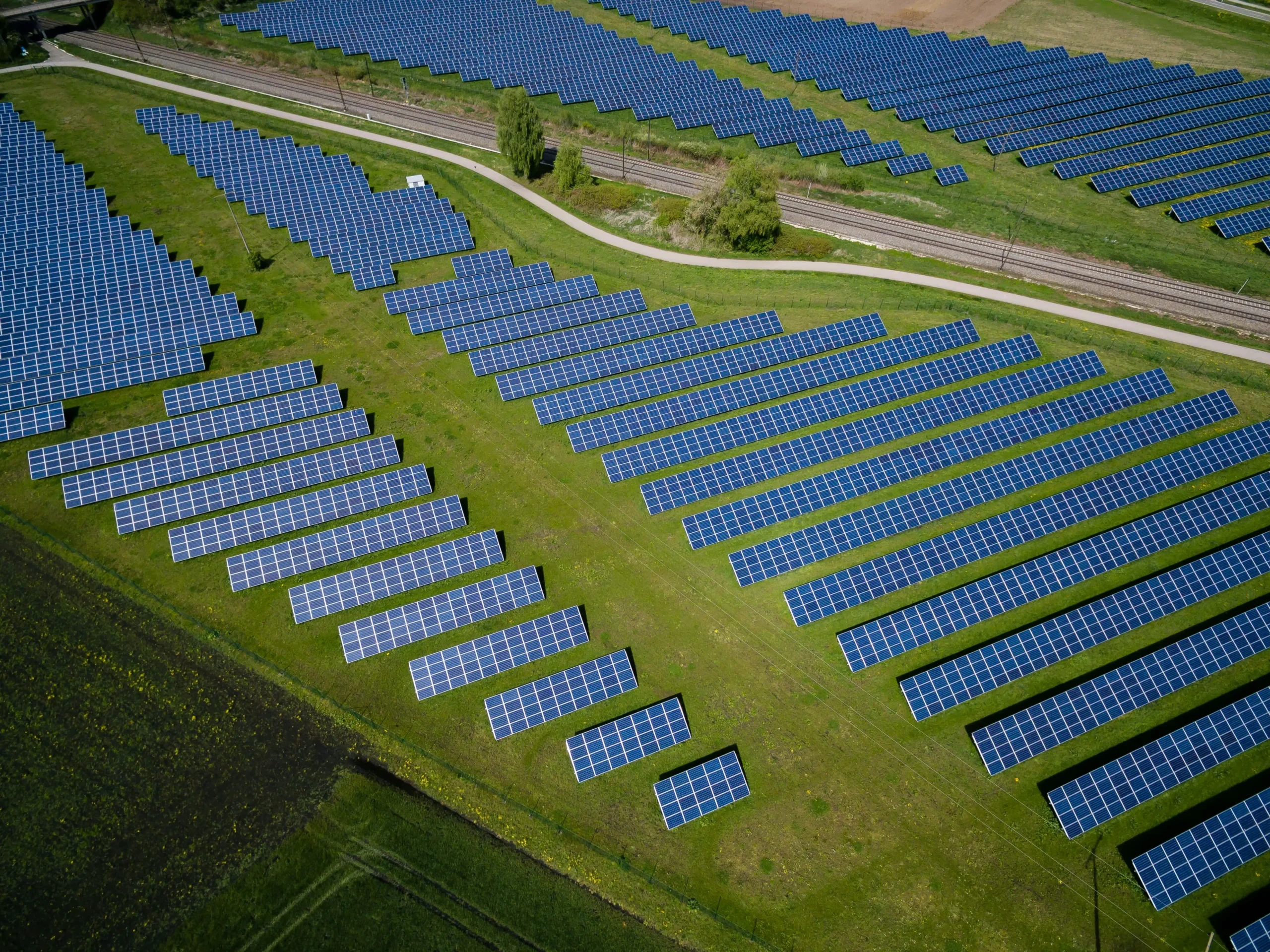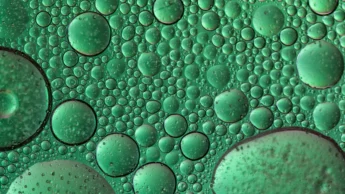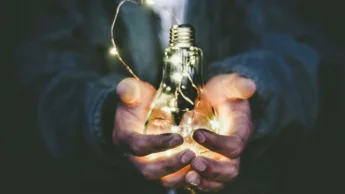The energy transition is in full swing. We are switching to renewable energy sources, such as solar and wind, to keep our planet livable. But how do we make this switch smoothly and efficiently? The key lies in innovation.
In this blog, we discuss various innovations that make renewable energy easier to use. We look at new technologies that make generating, storing and using renewable energy easier and more efficient.
Do you want your innovation to make it easier to meet ESG targets? Would you like to develop your idea in collaboration with Beeliners? We would love to help you! Feel free to drop by for a cup of coffee and we will be happy to discuss the possibilities with you.
Step by step
The Climate Agreement agreed to aim for a 70% share of renewable electricity in total electricity generation by 2030. Moreover, European Union (EU) member states have committed to the target that at least 32% of energy generated in the EU will be renewable by 2030, including electricity, gas and heat.
The transition to renewable energy is gradual. Key steps the Netherlands plans to take include:
- More efficient use of energy;
- Shifting electricity generation from coal to solar and wind power;
- Replacing heat from natural gas with sustainable alternatives, such as geothermal heat, residual heat and green hydrogen;
- Involving local residents by giving them the opportunity to participate in local energy projects or help think about them;
- Cleverly integrating energy projects into the environment and landscape.

Now and the future
Currently, the first steps towards renewable energy have already been taken. For example, we are currently generating energy through:
- Offshore wind turbines;
- Wind turbines on land;
- Solar panels on rooftops and in solar parks.
Other forms of renewable energy are planned to be added in the future. These technologies are currently in need of further development. Think of geothermal heat, residual heat and green hydrogen. In the even longer term, you should also think about techniques such as thorium.
Energy innovations
The transition to a Netherlands free of fossil fuels means that many changes will take place in the coming years. The energy sector is one of the most important sectors in the Netherlands, which is why there is a Top Energy Sector. The aim of this sector is to reduce CO2 emissions and use renewable energy sources in a smarter way. The demand for energy, especially renewable energy, is growing, creating opportunities in areas such as power generation, transport and trade.
The development of new technologies strengthens the international competitive position of Dutch companies. Every investment in sustainable energy and energy saving results in new jobs. That is why the government supports entrepreneurs in developing new technologies for sustainable energy, such as electric driving, energy-neutral building and smart grids (smart grids).
In the paragraphs above, we have already mentioned some innovations in the field of sustainable energy. Below, we list seven of them:
- Solar energy: Improvements in solar panels and solar conversion efficiency have led to wider adoption of solar energy, including thin-film solar cells and integrated solar solutions in buildings.
- Wind energy: Innovations in wind turbine design and technology have led to more efficient and powerful wind turbines, including offshore wind farms and larger turbines with improved aerodynamics.
- Energy storage: The development of advanced battery technologies has increased renewable energy storage, making it possible to store energy when it is abundant and use it later when demand is high.
- Smart grids (Smart Grids): Innovations in energy grids have led to the development of smart grids capable of distributing, monitoring and managing energy more efficiently, reducing peaks in energy consumption and enabling better integration of renewable energy sources.
- Hydrogen technology: Advances in hydrogen production and fuel cell technologies have increased the feasibility of hydrogen as a clean energy source, with applications ranging from vehicle fuel cells to energy storage.
- Geothermal energy: Technological advances have made geothermal energy production more efficient and cost-effective, allowing better exploitation of the potential of heat energy from the earth.
- Energy efficiency in buildings: Innovations in building materials, insulation and smart technologies have led to more energy-efficient buildings and houses, reducing energy consumption.
Working on your ESG-innovation together with Beeliners
Do you have a good idea for a product, service, process or technological innovation that makes it easier to achieve ESG goals? And would you like to develop your idea in collaboration with Beeliners? Beeliners has an innovation cell dedicated to innovations in energy and heating systems. Feel free to drop by for a cup of coffee and we will be happy to discuss the possibilities with you.
Also interesting
-

How will the production of green gas be encouraged?
In an era when the world is paying increasing attention to renewable energy sources, green gas is a promising alternative that has the potential to reduce our dependence on fossil fuels. Green gas, also known as biomethane, is produced from organic material such as green waste, sewage sludge, or even… Read More
-

What is bio-energy?
In an era when the urgency of renewable energy sources is becoming increasingly prominent, bioenergy takes centre stage as a promising and environmentally friendly solution. This renewable form of energy, derived from biological sources such as plants, offers a range of possibilities for reducing our dependence on fossil fuels and… Read More
-

This will encourage the use of renewable energy
In a world where the calls for sustainability and environmental awareness are getting louder, the use of renewable energy sources is central to the fight against climate change. While individual efforts by citizens and businesses play an important role, a crucial responsibility rests on governments worldwide to accelerate the transition… Read More

